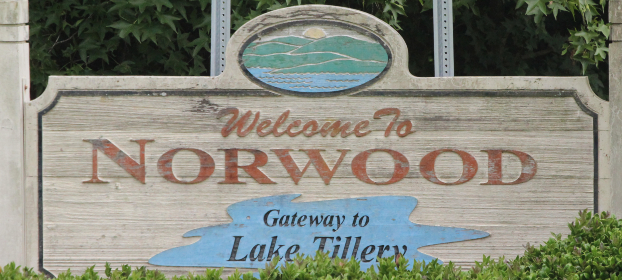Norwood Town Council listens to recommendations for revitalization plan
Published 3:52 pm Monday, November 15, 2021

- Norwood, North Carolina
|
Getting your Trinity Audio player ready...
|
At the November Norwood Town Council, the commissioners listened to a presentation from a group recommending improvements as part of the town’s revitalization plan.
Doug Burns of Construction Professionals Network Institute, Inc. (CPNI) spoke at the meeting. The 501 (c)(3) group combines professionals in the construction business with community service projects throughout the state.
The report and recommendations material came in part from the April 29-30 workshop conducted in Norwood by CPNI and the NC Growth-SmartUp economic development program.
One recommendation was to beautify the downtown area, including an art studio and murals for the outside of buildings. The presentation mentioned promoting walkability with streetscaping, using open space and natural assets.
A second recommendation was to focus on hometown growth, including the development of a business starter guide, establishing supply chains locally and getting an artist in residency.
Another recommendation was to establish a public lake access area for recreational activities and events. The presentation recommended connecting downtown with the lake through walking and biking trails between the two.
Marketing Norwood creating an online social media presence, along with building a “Gateway to Lake Tillery” brand, was also recommended by Burns.
Leveraging existing buildings, including the former water plant on Campbell Street, was another suggestion to the town council. The plant could be converted into an incubator for artisans.
Burns also mentioned the vacant warehouse on Main Street, which could be used for both residential and commercial space.
The historic mill houses, the report said, could serve as the backbone of a new historic district in Norwood, which would allow the town to benefit from historical preservation including tax credits. Those homes, the presentation said, could become naturally occurring affordable housing. The presentation also warned, however, of the “potential for displacing existing residents.”







